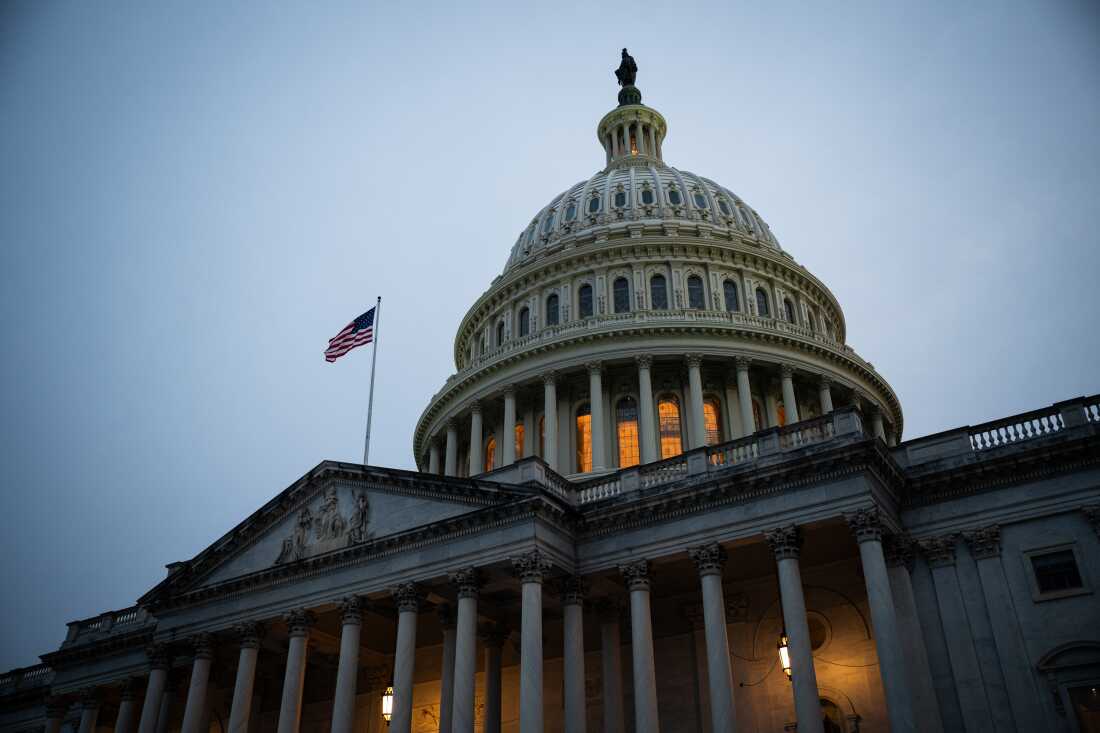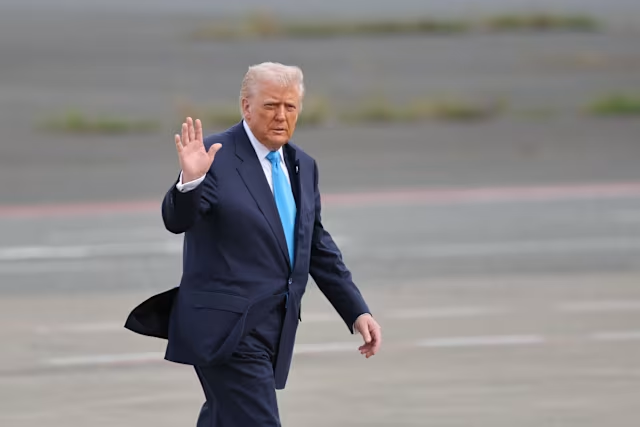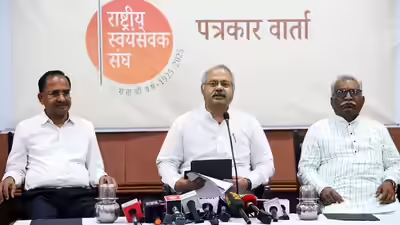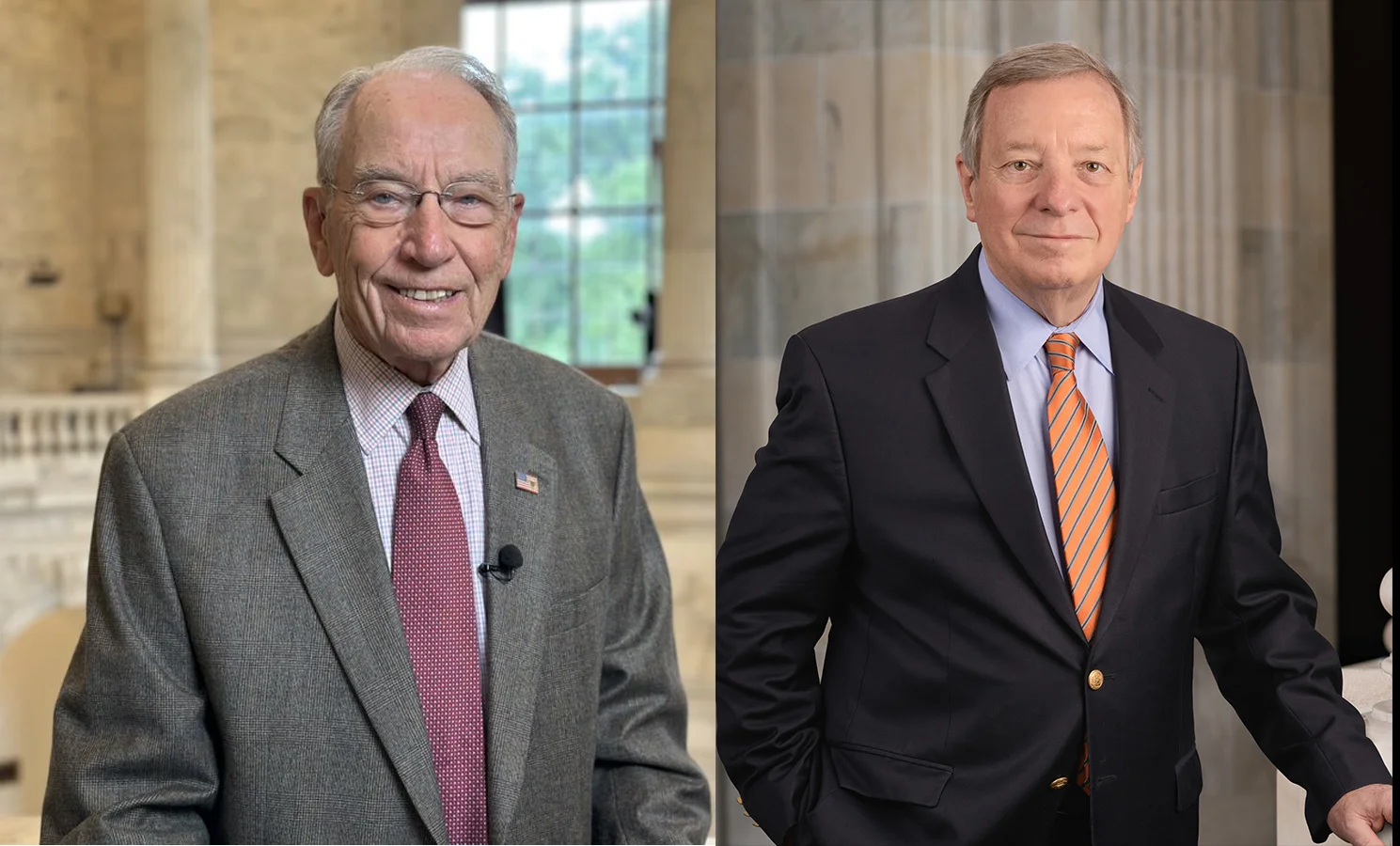Now Reading: US Government Shuts Down as Congress Fails to Reach Funding Agreement
-
01
US Government Shuts Down as Congress Fails to Reach Funding Agreement
US Government Shuts Down as Congress Fails to Reach Funding Agreement

The United States government has entered a shutdown after Congress failed to pass a funding bill by the midnight deadline. This marks the first shutdown during President Donald Trump’s second term. The deadlock between Republicans and Democrats centers on disagreements over healthcare funding and social programs.
Background
The shutdown was triggered when the Senate rejected a Republican-backed funding bill. Democrats opposed the bill, citing insufficient provisions for healthcare subsidies and cuts to social programs. With the Senate unable to advance the legislation, the government ceased operations at the start of the new fiscal year.
Key Issues at Stake
At the heart of the impasse are disagreements over the Affordable Care Act subsidies and proposed cuts to Medicaid. Democrats demand the extension of these healthcare benefits, while Republicans argue for reductions in government spending. The failure to reconcile these positions has led to the current shutdown.
Impact of the Shutdown
Essential services such as law enforcement and military operations will continue, though employees may go unpaid. Non-essential services, including national parks and federal research, are suspended. The shutdown also affects federal workers, with many facing furloughs or uncertainty about their employment status.
Political Repercussions
The shutdown has intensified partisan tensions, with both parties blaming each other for the deadlock. President Trump has threatened to implement permanent layoffs of federal workers if the impasse continues. The situation has drawn criticism from various sectors, including federal employees and the public, who express frustration over the political gridlock.
Conclusion
As the shutdown persists, the focus remains on finding a resolution that addresses the key issues of healthcare funding and government spending. The ongoing deadlock underscores the challenges of bipartisan cooperation in a politically divided environment. The outcome of this situation will have significant implications for the functioning of the federal government and the well-being of its employees and citizens.

























